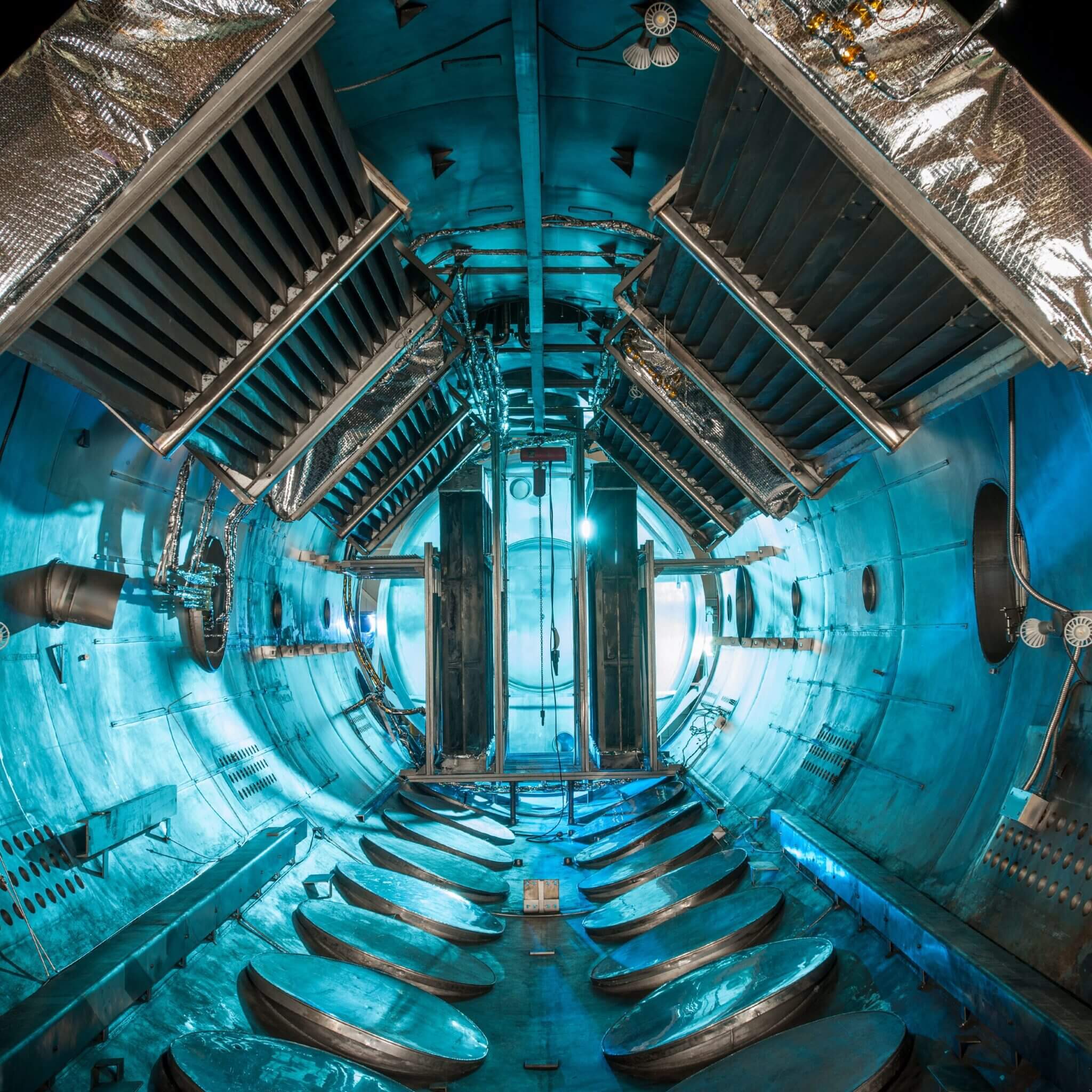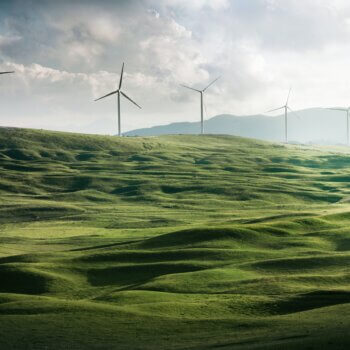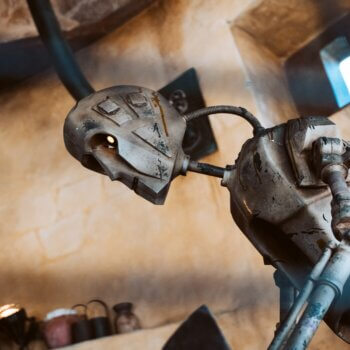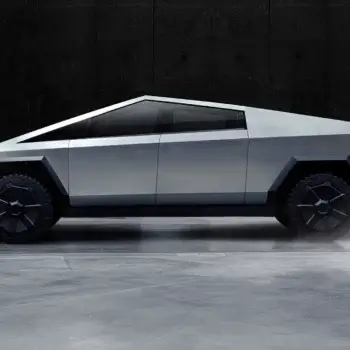The breakthrough was a quiet affair, escaping the light of many major media outlets. Up until this year any research behind this technology was highly secretive; details were ushered out of the public eye and bound behind closed doors. It was only a few weeks ago that we became aware of the brilliant strides one company had made. Their announcement to the world may have been subtle and unassuming, yet the impact this technology will have is tremendous, affecting the course of humanity and the future of our society as a whole. Though the company behind this innovation isn’t well known, it is now in a position to win one of the most important technological races on the planet. At stake? A substantial amount of wealth, power, and a hand in solving one of Earth’s most formidable problems.
The company’s name is Form Energy. It’s backed by a number of elite investors such as Bill Gates and Jeff Bezos, as well as multi-billion dollar oil companies and material manufacturers. After raising hundreds of millions of dollars and improving on a decade of research, Form Energy may have just gifted the world a holy-grail of energy technology.

The biggest challenge in transitioning our society over to clean energy is the fact that solar and wind power are intermittent. The sun only shines during certain times and the wind only blows on certain days. Consequently, we need a way of storing large amounts of energy to power homes and other buildings during those barren periods of time when wind and solar power are not available. Until now we have stored clean energy in lithium-ion batteries, but this method of energy storage has several drawbacks.
Lithium-ion batteries may have high energy density and efficiency, but they are created using a number of different elements — including lithium, cobalt, nickel, and manganese — mined from the Earth via harmful and complicated extraction methods. Extracting lithium can take enormous quantities of water that leave lithium-rich regions dry after the extraction process is finished. The numerous elements required means lithium batteries end up costing $50-$80 per kilowatt-hour of storage. They last 3,000 cycles, or about 10–15 years. During this time they are also prone to dangerous combustion episodes where the resulting fires can be difficult to put out. By far their largest drawback, however, is that they can only discharge energy into the grid for 4 hours at a time. Given that there are about 12 hours of darkness a day and storms that can span the length of a week, 4 hours is not enough to fulfill out energy needs. For this reason our society cannot yet rely on clean energy sources. There has never been an efficient enough energy storage system that can supplement lithium-ion batteries and allow our society to shift completely towards a cleaner energy infrastructure.
Except that this fact may have just changed.

Part of the beauty of Form Energy’s new battery is the simplicity of it. There are only two main ingredients and both of them are plentiful: iron, and air — hence the name iron-air batteries. While the extraction of iron does also result in air and water pollution, iron-air batteries can last up to 10,000 cycles versus lithium’s 3,000 cycles (this equates to 30 years for iron-air compared to just 10 years for lithium). Iron is also much more abundant in the Earth’s crust, making it far cheaper to work with than the various elements needed for traditional batteries. Each cell in an iron-air battery costs just $6 worth of materials per kilowatt-hour of storage. The fully-formed battery system will cost less than $20 per kilowatt-hour, making it overall much cheaper than lithium-ion batteries and affordable enough to replace all our fossil-fuel power plants. Form’s latest assessment of their battery puts it as low as 1/10th the cost of lithium units. But that’s not even their most exciting aspect.
Their battery is a rechargeable 150-hour system. This means that they can provide electricity to the grid for over 6 days. Our society will finally have a secure and all-renewable electric grid, enabling us to completely detach from fossil-fuel power plants.
And we won’t have to wait much longer to do it. Form Energy’s next phase is to move up to grid-scale power plants with a demonstration plant scheduled for 2023 and fully functional long-duration iron batteries entering the grid by 2025.Already several utility companies are in communication with Form about deployment of their new batteries.
This may just be the innovation that allows the US to meet its goal of going carbon-free by 2035.
But how exactly does the battery manage to achieve this incredible feat? It happens through something known as reversible rusting. A single, large battery unit can contain 10–20 stacks of cells. Within these cells there are 3 main parts: the anode, the cathode, and the electrolyte. These are the main parts that make up any battery and allow it to produce and store electricity. The anode, in this case, is made up of pellets of iron, while the air-breathing cathode is located at the other end. Both these sections are submerged in a water-based electrolyte which allows incoming air to react with the iron. This reaction oxidizes the iron into iron-hydroxide, releasing electrons in the process. It then further oxidizes the iron into rust – a process that releases more electrons and provides us with electricity. All this means that during discharge rust builds up at the cathode, but during recharging phases electrical currents passed through the battery cells reverse the reaction and free oxygen from the rust. Leaving us once again with iron.

Iron-air batteries aren’t meant to be a replacement for lithium-ion. There are many cases where iron batteries simply couldn’t take their place. For example, they are too large and heavy for use in phones, computers, or even electric vehicles. What iron batteries are meant to be is the final piece in our transition to clean energy. If wind, solar, nuclear, and geothermal power can provide 80% of our electricity alongside lithium-ion batteries, then the final 20% can be accounted for with Form Energy’s newly improved technology. We can now have a carbon-free power grid. Similarly impactful solid state batteries will allow for the widespread adoption of electric vehicles and will reduce the carbon impact of battery production overall.
There is not any one single technology that’ll replace fossil fuels. Just as not one single country or society across the globe will help repair the damage of climate change, it is an effort of many people, minds, and companies that will lead to a better future for humans and animals alike.
And we may now have the final piece of technology needed to begin our reparations.





























